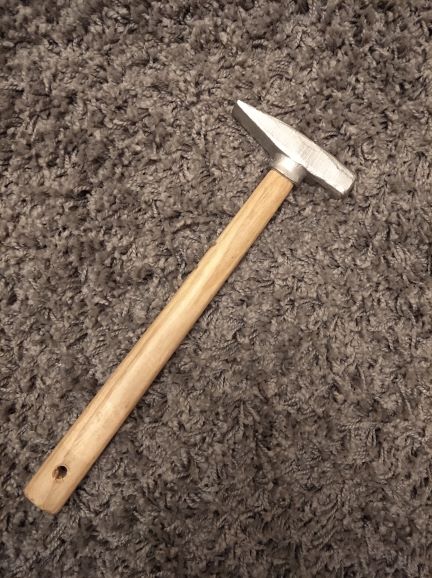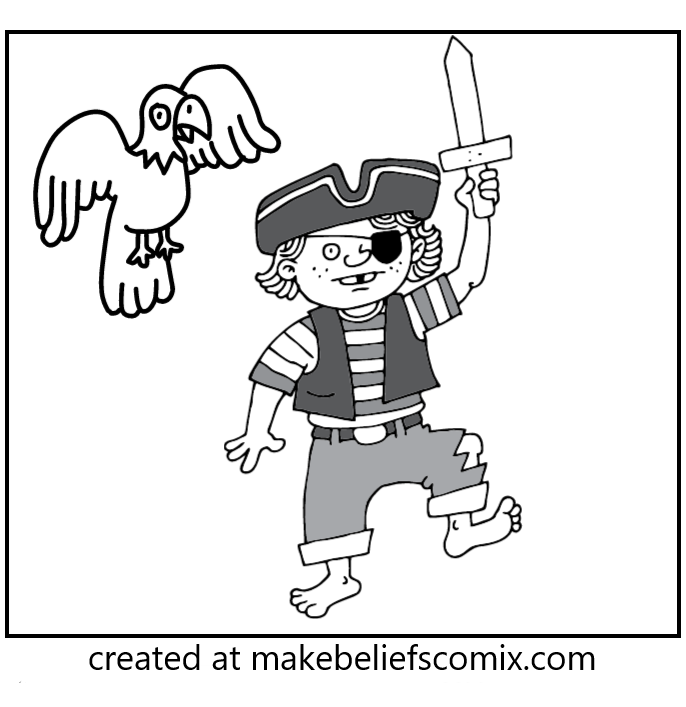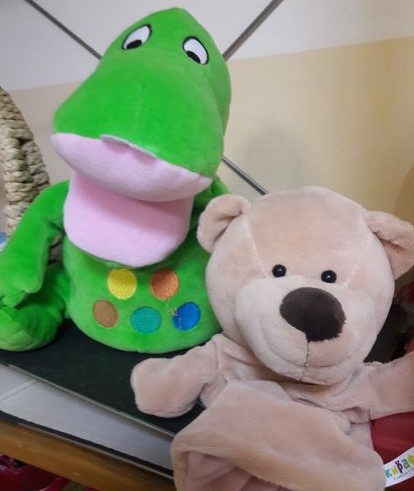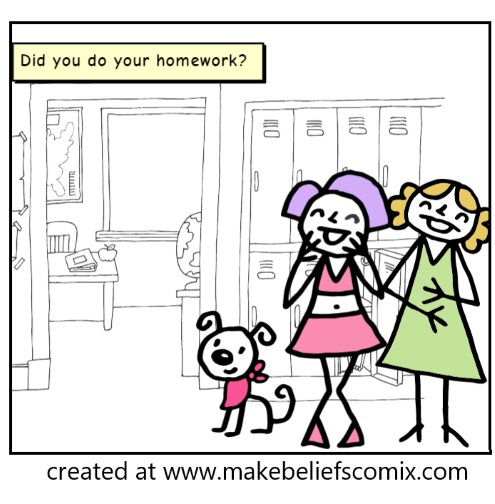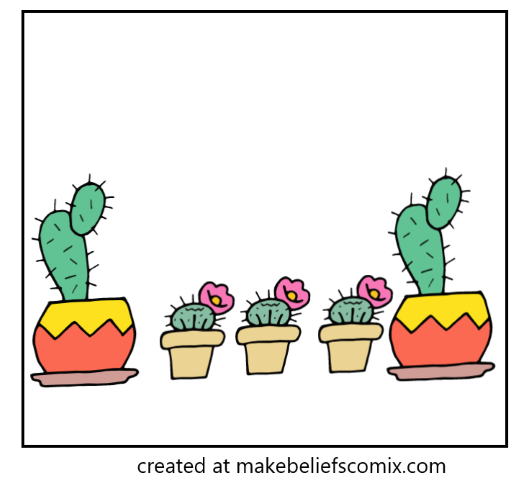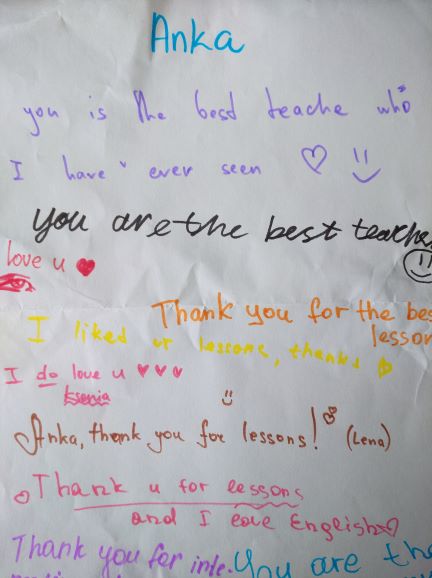
Yes, you did read the title right. The invisible students are among us. I myself have had one for about eight years now. And yes, it has always been Pasha. Almost always, with the exception of one year…
How did it all start?
Well, I have no idea. Hard as it is to imagine now, there was definitely ‘the time before Pasha’ and then, all of a sudden, he became a part of the everyday.
I guess, perhaps, it was one of those days when the kids did something silly, I came in and asked ‘Who did it?’ and no one wanted to own up. I found the answer myself. ‘Ah, I see. It was Pasha, wasn’t it?’ and they just went with it.
That looks plausible but to be honest, I am not quite sure. I don’t remember. But Pasha stayed with us and today I would like to tell you what is great about that.
Why does everyone need a Pasha?
Pasha is extremely helpful when it comes to eliciting new language and providing language models. Every single time you need a semi-personalised sentence, a situation relevant to the students’ lives without, however, involving one of the real people present in the room (as they might be shy, not feeling very comfortable with having their name and person brought up while discussing some of the vocabulary and some of the situations), Pasha is at your service. He is more than happy to help.
Pasha does not mind when you say ‘Pasha failed an exam‘ or ‘If Pasha brings a bad mark, his mum will be angry’ or ‘Pasha got embarrassed because the teacher showed everyone his poem‘…Pasha is the epitome of cool when you discuss his love life, his problems with teachers and his fights with his brother.
Pasha never fights or frowns against any of the partners that you him to work with. Pasha is ok when you pair him up with Alex The Procrastinator. Alex working with Pasha will really have to make an effort and do something, instead of lazying about and pushing the task onto the more laborious student in the pair. You can say, for example, ‘Alex, today you are working with Pasha‘. Pasha will not mind. Funnily enough, Alex will not mind either. What’s more, Pasha is more than ecstatic when one Sasha The Introvert sometimes asks quietly ‘Can I work with Pasha today?‘. And yes, of course she can. This way she will be more motivated to work with the other (real-er) students on the other days.
Pasha is the best thing since the sliced bread on all of those occasions when you really need to be the disciplinarian and you have to make a point and get the message across, again, without referring to any of the students in particular, without pointing fingers and yet, highlighting the main points effectively. Maybe it is because you have forgotten the homework again. Maybe it is because they are cheating in test. Maybe they call each other names, come late or attempt a joke and fail and end up offending someone or almost destroy something…
In which case, you can make a speech like this one: ‘You can tell Pasha that this remote is quite expensive so if he throws it out again and it gets lost or broken, I will be getting in touch with his parents and they will have to pay for that. When you see Pasha, make sure he gets the message, alright?‘ Works wonders:-)
Last but not least, your class is a community, with its unique rules, traditions, habits and silly jokes and Pasha becomes a part of it, too. It is something that we share, something that is our thing.
Naturally, there are also things that Pasha is not and these include the following:
- the only classroom management resource at the teacher’s disposal
- the classroom management tool that will help sort out all the problems
- the trick that will work with all the teachers, age groups and levels
My favourite Pasha moments
Well, there have been many, but here are the three gems.
One. Teens, pre-FCE, I cannot remember the topic but it might have been Past Continues as this always encourages the coursebook authors to write about disasters, accidents, explosions and other dramatic events. I cannot recall what we were doing and why Pasha’s life was in danger but at one point, someone asked ‘What about Pasha?‘ and one of my girls said, ‘He’s lying on the floor, there!‘ pointing at something with her chin. I remember that we burst into laughter but I also remember that at the same time, I took a step back and half of my students instinctively pulled their feet away and hid them under the chairs, as far as possible from the centre of the room where Pasha ‘was‘.
Two. Same group of teens and the invisible student who had been a part for about two years already and the admin bringing in a new student, a boy. When he walked in and introduced himself as ‘Pasha’, we all froze, in ten different ways as we were all digesting the same thought, until, finally, someone just said it out loud: ‘But what about Pasha, then?‘ It took some explaining (poor real Pasha) and our invisible boy got renamed, and he became ‘Styopa’, for a season.
Three. Teachers’ room and a conversation with my colleagues, someone casually bringing up the topic of the invisible students only to find out that Pasha is not the only one out there! Yay!
And I am here, writing this post because…
…this week, in the middle of the lesson, totally unexpectedly, Pasha reappeared and started to cheekily doodle on my zoom screen and my powerpoint. Of course, it was none of my amazing and well-behaved primary superstars. ‘I see. It must Pasha, the invisible student‘, I said and then, after a moment, I added ‘Pasha, can you stop, please?‘
Do you think the kids objected, doubted his presence or asked any questions? No, none of these, nothing at all. Pasha is back.

